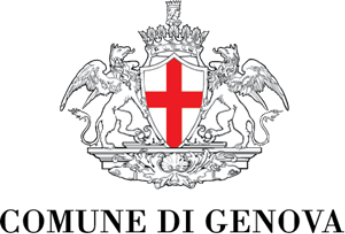Click here to view image
Fresnel lens
XX - 1930 - 1930
4642
Tipo di misura: diametro; Unità di misura: cm; Valore: 60; Profondità: anello massimo; Tipo di misura: altezza; Unità di misura: cm; Valore: 80; Profondità: ottica completa
The Fresnel lens decisively improved the age-old problem of the visibility of a lighthouse from a great distance. Until then, two factors had been at play: the height of the lighthouse and the intensity of the light produced.
Coastal towers with fires burning at the top have been known since ancient times.
For centuries the fire was fed by burning wood, later coal, with the problems associated with finding the material and the difficulty of transporting and lifting it to the top of the lighthouse.
Other problems were related to wind and rain, which extinguished the flame: the installation of protective glass was useful on the one hand, but limited visibility due to the opacity of the glass, which was caused by poor quality material and soot. It was only during the 18th century that the situation improved thanks to new techniques of glass production and the use of new fuels that gave off little or no smoke: candle wax, olive oil, whale oil (spermaceti), acetylene gas, and finally the definitive electrification of lighthouses.
In the meantime, great progress was being made in the field of optics and light refraction in particular: it was realised that converging the rays of a light source by means of mirrors or lenses improved its visibility at great distances.
The physicist Augustin-Jean Fresnel achieved this in 1827 by shaping the outer surface of a lens into a series of concentric rings, at the centre of which was the light source. His invention solved the other problems, which were the weight, thickness and bulk of an ordinary spherical lens.
The light reflected from the lens in the Galata Museum was visible up to 27 miles (15 km) away.



